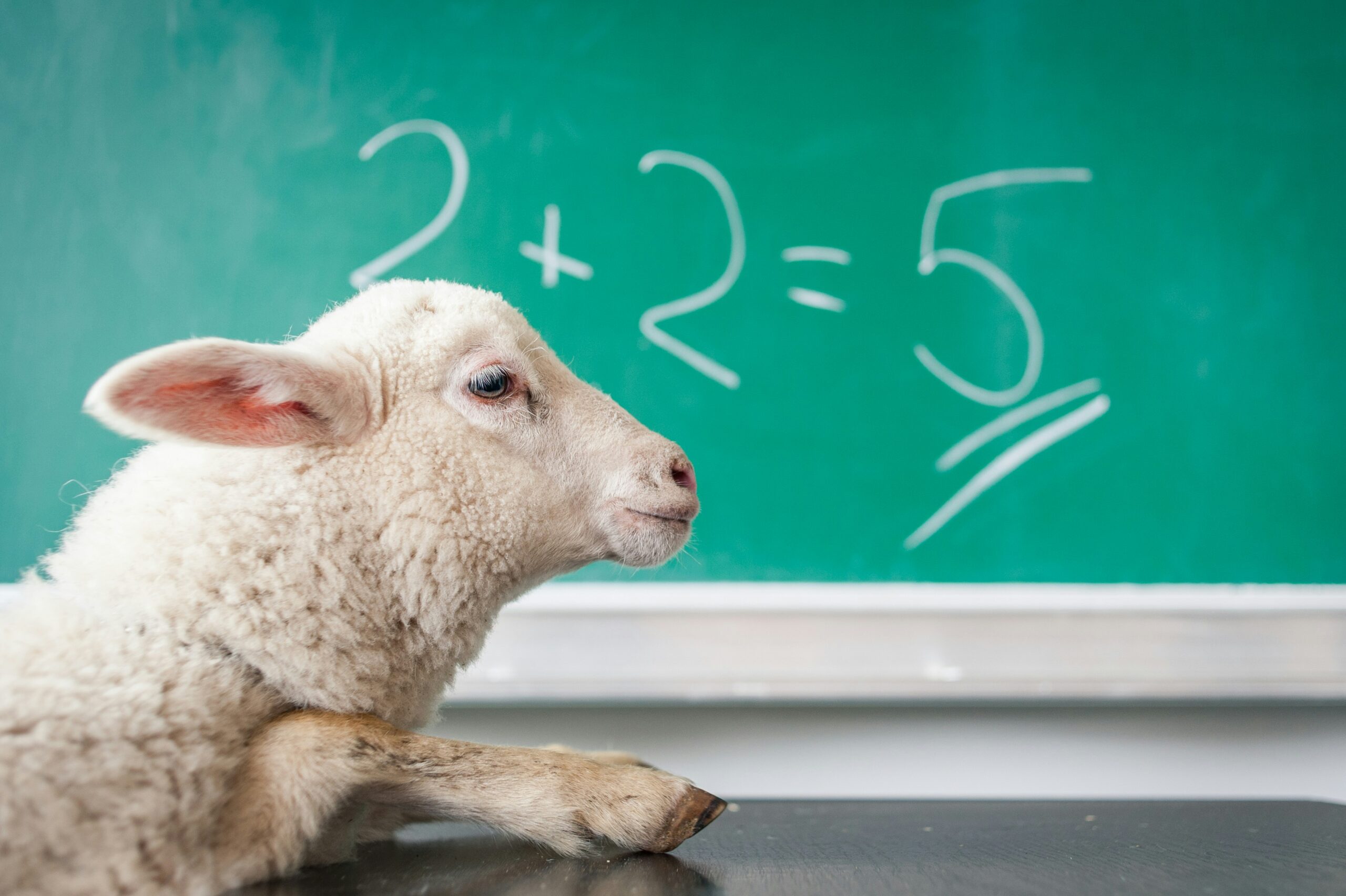In the world of professional translation, it goes without saying that the technological advances of the past few decades and, in particular, those of the rampant additions to the translation market such as ChatGPT and other kinds of artificial intelligence have meant the continuous upheaval of the industry. But this upheaval is nothing new—in fact, these changes should come as no surprise to the more veteran translators on websites and digital watering holes such as ProZ.com, where talk of the industry’s impending doom on its forums has been a viable subject of discussion since the late 1990s. And time and again, the general consensus has been that every panic-stricken pronouncement on the doom of the translation industry, the worthlessness of human translators, or the astounding competence of the latest technology by comparison with its human counterparts (or competitors) is nothing more than overblown alarmism.
This alarmism is based on two fundamental misconceptions, the first of which overrates the abilities of machine translators and artificial intelligence and the second of which misunderstands the nature of the translation process. While it is undeniable, of course, that machine translation and the latest technological incarnations are getting better and better, and that they’re taking over many portions of what was formerly the translator’s heavy lifting, that is only part of the story.
The other is that, in many if not most varieties of translation, the process of translation itself is complex, multi-modal, and context-dependent, relying on the creative capacity of the translator to draw conclusions from disparate sets of data and make judgment calls about choices that have no definitive hierarchy and no final answer, leading to the corollary that any given translation can always be revised, improved, or altered even after it’s brought to a professional standard. This lack of a definitive translation is the same reason that two equally competent translators of the same source text can arrive at two completely different translations that exist on the same level of general quality.
Another corollary to this idea is that the concept of a so-called perfect translation not only doesn’t exist, but points to a lack of understanding about the nature of translation itself. When it comes to the data-mining capacities of machine translators and artificial intelligence, what we’re confronted with isn’t an equivalent capacity to arrive at the perfect translation, which again doesn’t exist, but a good-enough capacity to spit out translations as a consequence of its nearly limitless access to information on the Internet. But good enough for what, exactly?
For now, the problem in the translation industry isn’t that artificial intelligence is going to replace translators as such, who are indispensable to the process of translation according to the outline above, but that its good-enough capacity to spit out translations is also good enough for many clients and agencies that are hoping to save on translation and translator expenses, and expedite the process from start to finish. For many companies, this economic boon is also the reason for the increase in the post-editing work that many translators have taken to with dismay, chagrin, or a sense of grim obligation: because machine translation is often good enough but never equivalent to the work of a professional, agencies trying to save on the initial translation will call on translators to have them fix its inadequacies.
As a source of the worldwide increase in machine translation post-editing, this business strategy has to be attractive and profitable for companies because if it weren’t, it wouldn’t be done (unless we were contravening the laws of capitalist economics and the potency of the profit motive). And yet it undervalues the work of the human translator, whose ability to translate is relegated to touching up the already-translated work of a machine, leading to the translator’s poor valuation or exclusion from a market in which human excellence is now superfluous—or, at the very least, less economically expedient than the current alternative.
It is therefore not the technology that is making translators obsolete, but the market-wide tendencies of companies to undervalue human translation in response to this technology, overvaluing machine translation and cost-cutting at the expense of quality. The technology has just been the enabling factor.
In this Wild West that is the translation industry, we have to realize as translators that the negative effects of translation technology on our work should be attributed to the market’s response to this technology rather than to any innate capacity in the technology itself to make this much-needed work obsolete or superfluous. The sooner we realize some of these mainsprings, the sooner we can begin to be proactive in responding to the market’s changing conditions.
On that note, there have long been a couple possible responses to the complaints that machine translation and artificial intelligence are replacing human translators and driving down translation rates, creating a terrible race to the bottom and fostering the so-called poverty mindset about a translator’s income potential.
The first is the typical call for translators to diversify their skill sets as a response to the diminishing value of human translation and the likelihood, if the trend continues, that human translators will find themselves shut out of the marketplace altogether. But while diversifying skill sets is a useful business strategy that every translator should consider for the sake of long-term prosperity, it has always seemed to me like sidestepping the issue of translator supply-and-demand and the actual problems faced by translators negatively affected by this new technology.
There’s also a more robust response to these problems, one that completely addresses the heart of the issue for the translator-cum-entrepreneur who has services of value for the translation market: as the translator Kevin Hendzel has noted on his blog and online forums over the years, a perfectly valid response would be to migrate to a different translation market where “the cost of failure is dramatically higher than the cost of performance.” In other words, to provide viable services in a market or field of translation where the cost of the imperfect and unnatural-sounding translations generated by artificial intelligence and machine translation is higher than the premium rates of a quality human translator with a specialized service. In these markets, far from an unaffordable luxury, high-quality translation is a necessity inherent to the work itself because risk aversion is more important than cost-cutting.
Albeit the existence of a premium market is debatable (and I won’t be debating that here), the idea that these more human-dependent translation markets exist because of the nature of the work is undeniable; for instance, legal and medical translation are two fields where the cost of an imperfect translation could be disastrous for the client or end user, and so the higher quality of human translation becomes far more important, if not essential to the success of the client or organization. This could also be the case in creatively driven industries such as marketing and advertising, where machine translation can often be grossly inadequate.
This is all to say that, in addition to diversifying and searching through the normal channels for sympathetic or higher-end agencies and clients that won’t be side-tracked by the tempting cost-cutting of artificial intelligence and machine translation, a more studied positioning in the right markets could bring the translator more success and, in the long term, some much-earned prosperity. And the cherry on top, in the wake of this newly discovered success, would be that the high-quality services of the professional translators would be taken at their true value, which is more substantial than that of the services of an impressive but ultimately inhuman machine.
In conclusion, I have recently realized that the translation market in 2023 and beyond is both fallow field and veritable gold mine. In its many varieties, in a word, it is an opportunity—and one that I, at least, would be foolish not to recognize.




